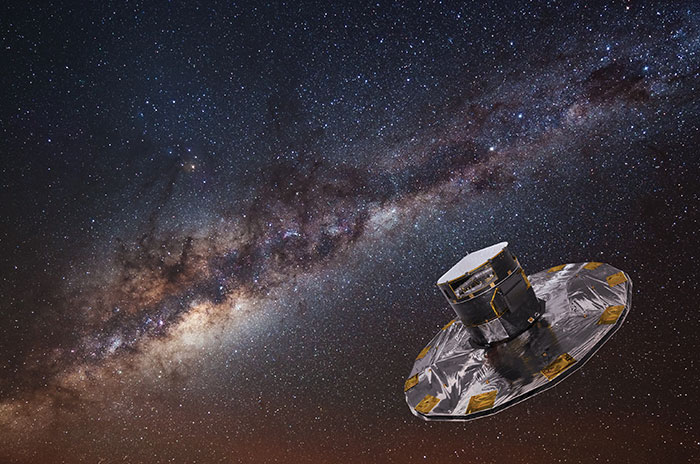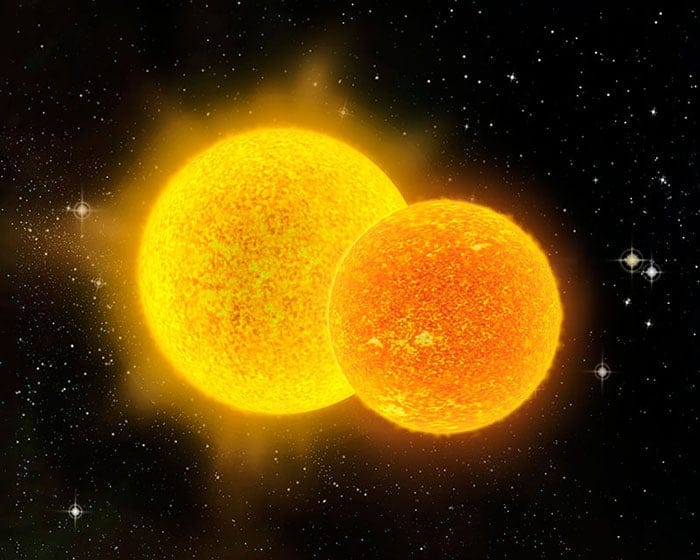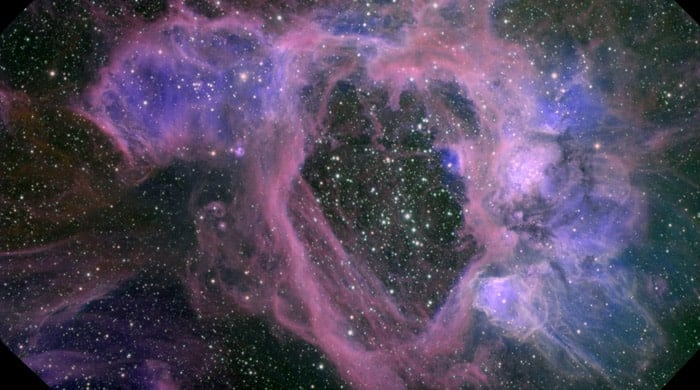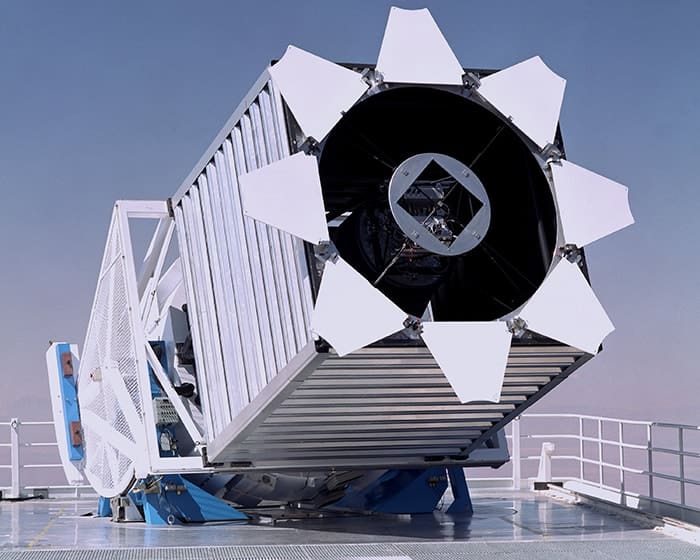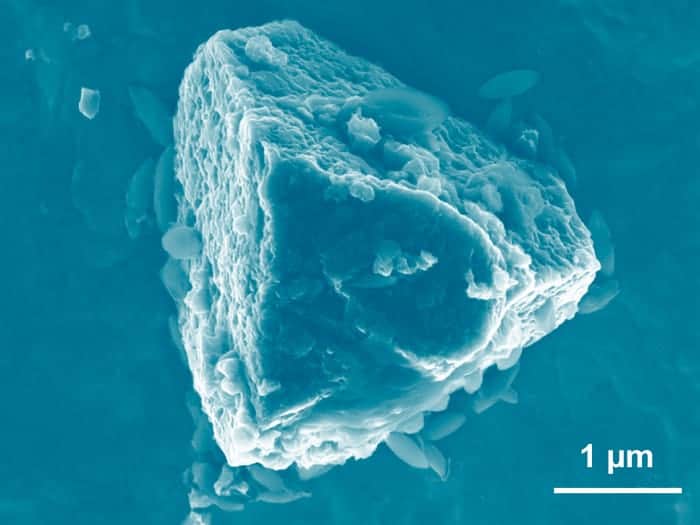Flash Physics: Levenson new deputy head of US telescope body, πΚ atoms at CERN, simulating ‘monster pulsars’
Today's selection of need-to-know updates from the world of physics
 Read article: Flash Physics: Levenson new deputy head of US telescope body, πΚ atoms at CERN, simulating ‘monster pulsars’
Read article: Flash Physics: Levenson new deputy head of US telescope body, πΚ atoms at CERN, simulating ‘monster pulsars’
